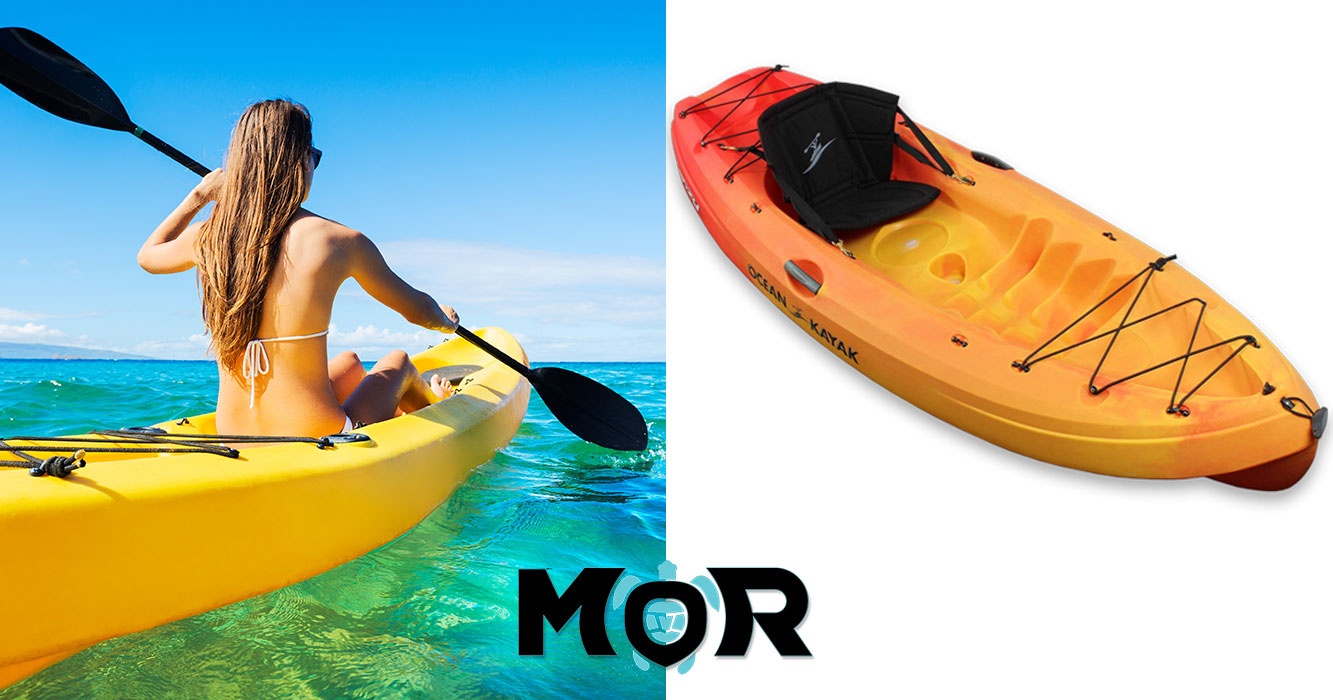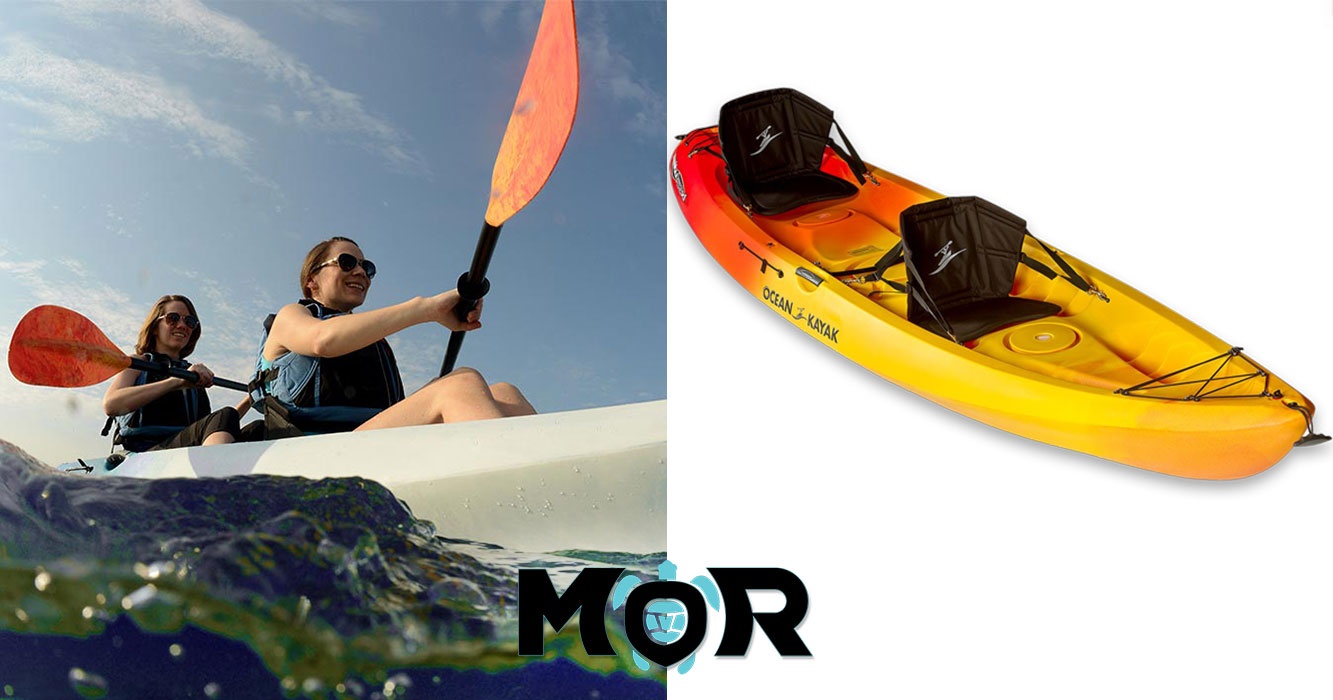
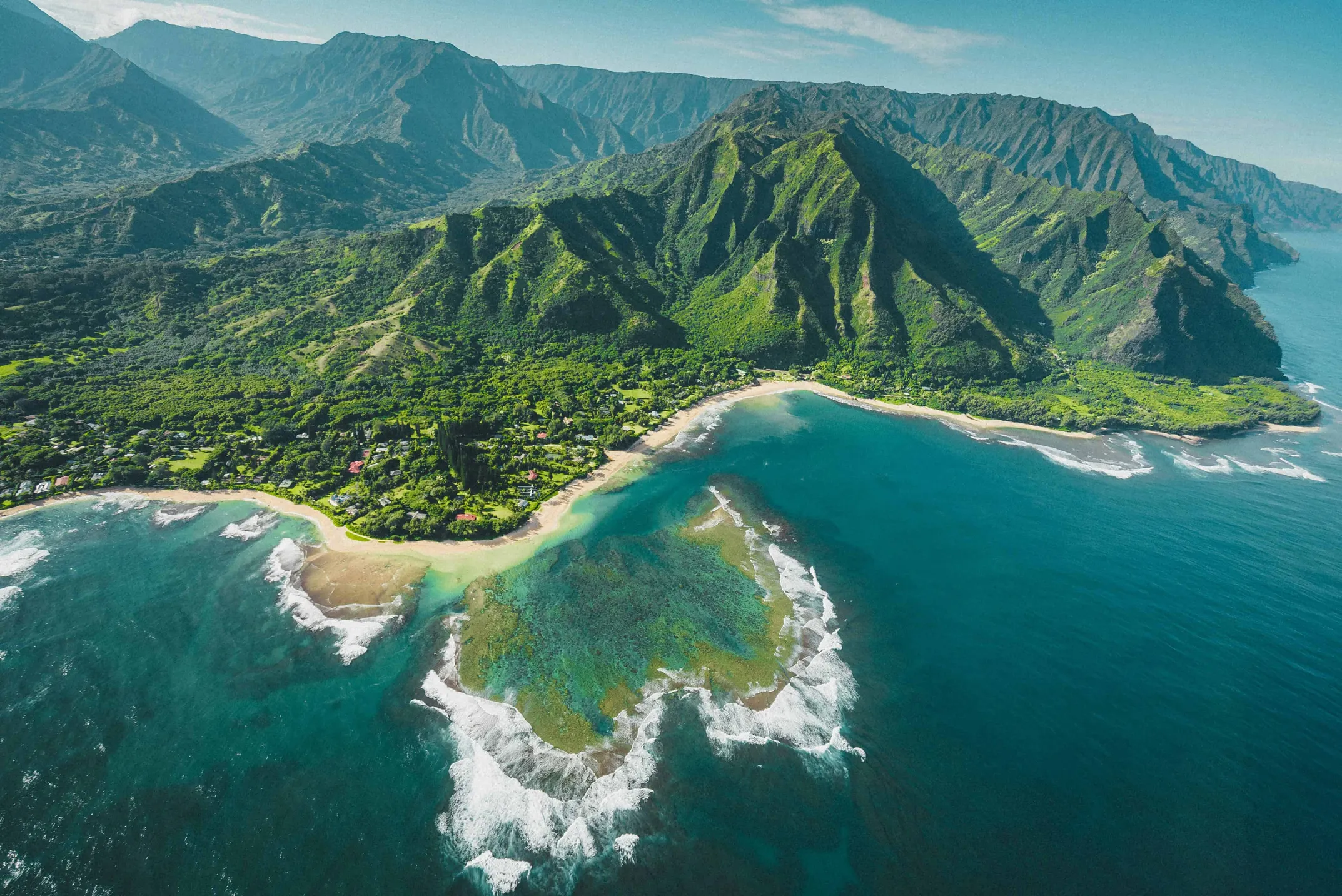
When to Visit Hawaii
Your Complete Seasonal Guide & Trip Duration Planning
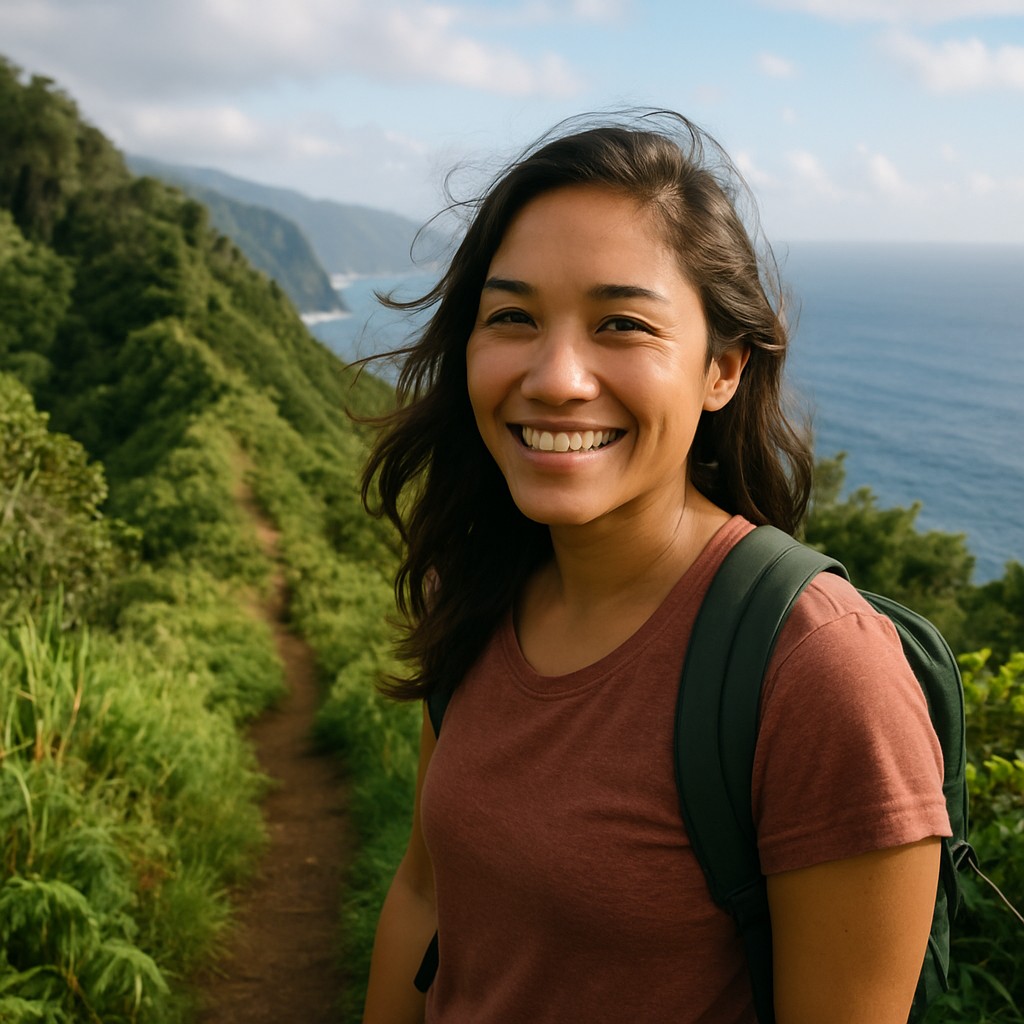
Written by a Local Expert
Leilani AkoWhen Is the Best Time for Your First Visit?
There's no truly "bad" time to visit Hawaiʻi, but understanding the seasonal rhythms of the islands can help you make the best choice for your preferences and budget. Each season offers its own unique advantages and experiences.
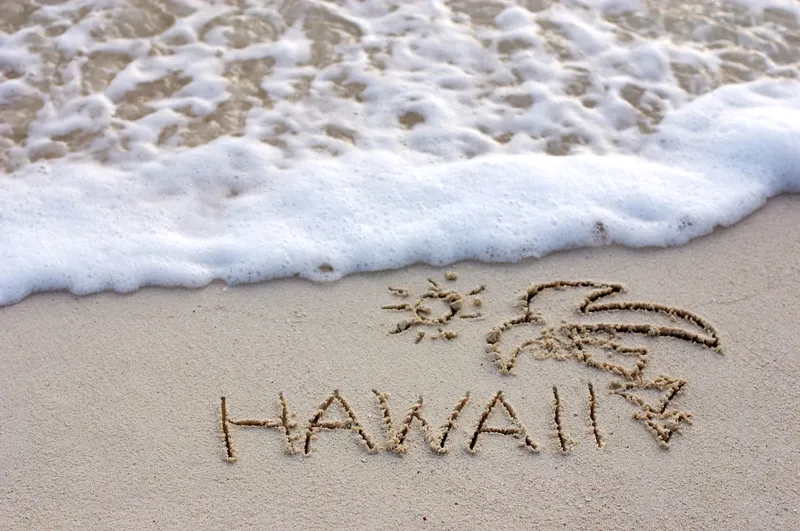
The "best" time to visit depends entirely on your priorities. Are you seeking the best deals, the fewest crowds, or specific natural phenomena like giant waves or migrating whales?
🌸 Spring (April – May): The Shoulder Season Sweet Spot
This is widely considered the best overall time to visit Hawaiʻi. After the spring break rush subsides in mid-April, the islands enter a blissful period of fantastic weather, fewer visitors, and more reasonable prices for flights and hotels. The landscape is vibrant and lush from the winter rains, and the ocean on the north shores begins to calm down.
Weather
- • Perfect temperatures (70-85°F)
- • Less rainfall than winter
- • Calming ocean conditions
- • Lush, vibrant landscapes
Crowds & Prices
- • Fewer tourists
- • Reasonable hotel rates
- • Better flight deals
- • Easier restaurant reservations
Special Events
- • Merrie Monarch Festival (Big Island)
- • Spring blooms across islands
- • Whale watching season ends
- • Perfect hiking weather
☀️ Summer (June – August): Peak Sunshine and Family Fun
Summer brings the hottest, driest weather and the calmest ocean conditions, especially on the north-facing shores of each island, making it ideal for swimming and snorkeling. However, this is also peak season for family travel due to school breaks, which means more crowds and the highest prices of the year.
Weather
- • Hottest temperatures (75-88°F)
- • Driest conditions
- • Calmest ocean waters
- • Perfect for water activities
Crowds & Prices
- • Peak season crowds
- • Highest hotel rates
- • Most expensive flights
- • Book well in advance
Special Events
- • King Kamehameha Day (June)
- • Japanese Obon festivals
- • Pan-Pacific Festival
- • Best for families
🍂 Fall (September – October): The Second Sweet Spot
Much like spring, the fall months offer a reprieve from the crowds and high prices of the peak seasons. The weather remains warm and sunny, and the ocean is often still calm from the summer months, making it an "insider's choice" for a visit. This is an excellent time for travelers seeking a more tranquil experience and great deals.
Weather
- • Warm temperatures (72-85°F)
- • Still dry conditions
- • Calm ocean continues
- • Hurricane season (rare)
Crowds & Prices
- • Fewer tourists
- • Lower hotel rates
- • Flight deals return
- • More tranquil experience
Special Events
- • Aloha Festivals (September)
- • Kona Coffee Festival
- • Perfect hiking weather
- • Insider's choice season
🌊 Winter (November – March): Whales and Big Waves
Winter is considered the "high season" in Hawaiʻi, not because of the weather (which can be wetter, especially from November to March), but because travelers are escaping cold climates elsewhere. The period from mid-December through the New Year is the busiest and most expensive time to visit. The main draws of winter are two spectacular natural events.
🐋 Humpback Whale Season
From December to May, thousands of humpback whales migrate to Hawaiian waters to breed and calve. The peak viewing months are January through March, when whale-watching tours are in full swing.
- • Best viewing: Jan-Mar
- • Whale watching tours peak
- • Free viewing from shore
🏄 Big Wave Surfing
Monster swells hit the north shores of the islands, drawing the world's best professional surfers to Oʻahu for legendary competitions like the Triple Crown of Surfing. It's an incredible spectacle to watch from the safety of the shore.
- • North shore big waves
- • Pro surfing competitions
- • Dangerous swimming conditions
📅 Season Quick Reference
🌡️ Temperature Averages
👥 Crowd Levels
💰 Price Levels
How Long Do You Need? Crafting the Perfect Trip Length
One of the most common mistakes first-time visitors make is trying to do too much in too little time. The Hawaiian Islands are meant to be savored, not rushed. Island hopping sounds glamorous, but each inter-island transit day can consume half a day or more with packing, airport procedures, and travel to your new accommodation. Setting realistic expectations for your trip's duration is crucial for a relaxing and fulfilling experience.
🗓️ 7 Days: The One-Island Deep Dive
A week is the perfect amount of time to immerse yourself in one island. This allows you to explore its different regions, enjoy a mix of activities and relaxation, and truly settle into the rhythm of island life without feeling constantly on the move.
Best for: First-time visitors who want to really get to know one island intimately.
🏝️ 10 Days: The Ideal First-Timer's Taste
Ten days is an excellent duration for a first trip, offering the best of both worlds. It allows you to dedicate a solid 6-7 days to your primary island of choice and then take a 3-4 day excursion to a second, contrasting island.
Best for: Those who want to experience the diversity of Hawaii without feeling rushed.
🌺 14+ Days: The Dream Trip
Two weeks or more is the ultimate Hawaiian vacation. This timeframe allows you to comfortably explore two islands in depth or even visit three islands if you keep a steady pace.
Best for: Those with time and budget for the ultimate Hawaiian experience.
Getting Between the Islands
For first-timers, it's important to understand that there is no comprehensive inter-island ferry system connecting all the major islands. The infamous "Superferry" ceased operations years ago, and while there are discussions about future options, they are not a reality for travelers today.
✈️ Flying is the Standard
The primary way to travel between islands is by plane. Hawaiian Airlines and Southwest Airlines are the main carriers, offering numerous flights daily. The flights themselves are very short, typically lasting between 30 and 60 minutes.
- • Flight time: 30-60 minutes
- • Main carriers: Hawaiian, Southwest
- • Multiple daily flights
💰 Current Costs & Booking
When booked in advance, one-way fares for inter-island flights generally start around $60 to $65. Prices can increase significantly closer to the travel date, so it's wise to book these flights as soon as your itinerary is set.
- • Advance booking: $60-$65 one-way
- • Last-minute: $120+ one-way
- • Book early for best prices
🛳️ The Limited Ferry Option
The only regularly scheduled public ferry service is the Expeditions ferry between Maui and Lānaʻi. While Maui County is exploring the feasibility of a future route to Molokaʻi, it is projected to be several years away from operation. For all other island hopping (e.g., Oʻahu to Maui, Maui to Kauaʻi), flying is your only option.
Ready to Learn About Hawaiian Culture?
Now that you know when to visit and how long to stay, let's explore the Aloha Code for respectful travel.
